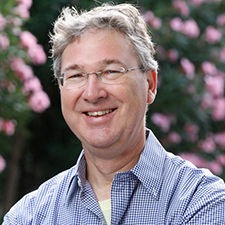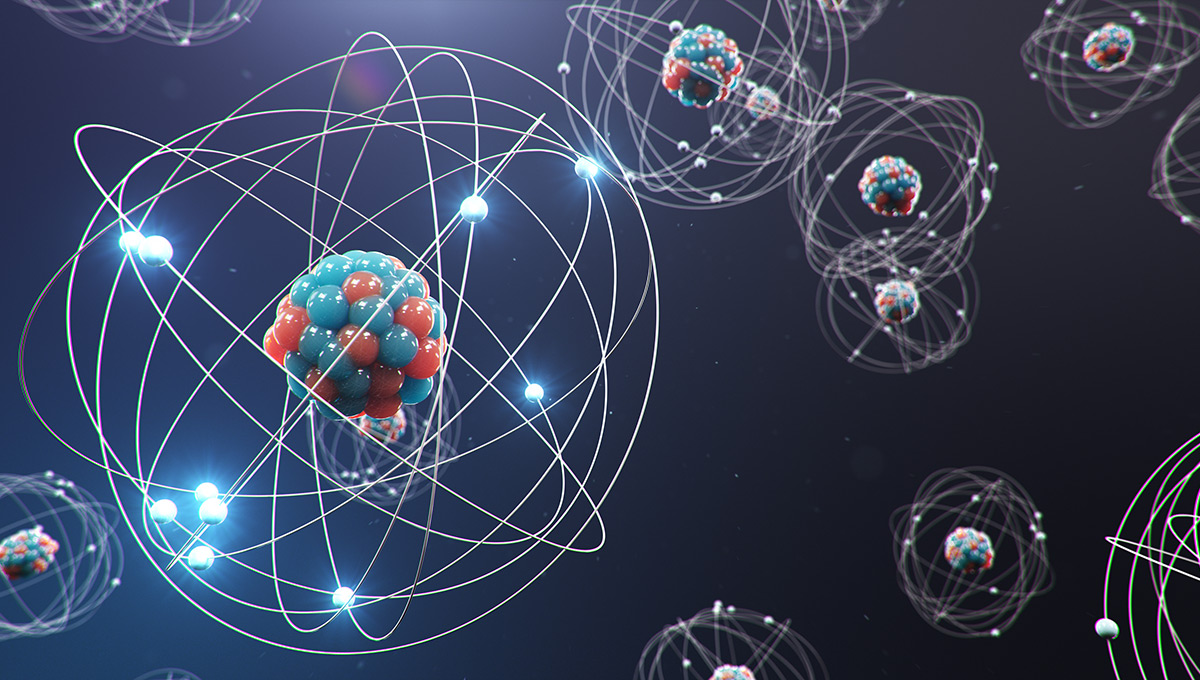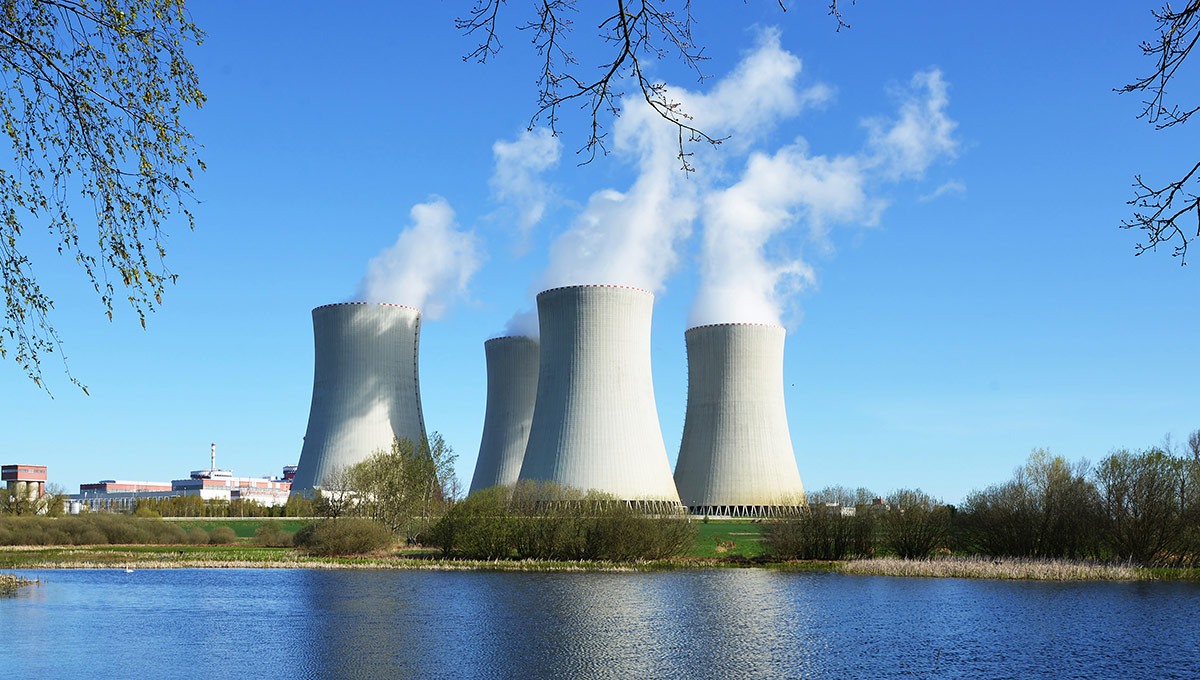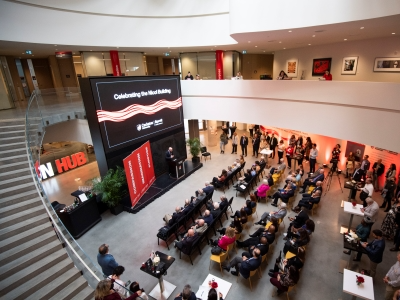By Tyrone Burke
Climate change isn’t just any challenge — it’s the biggest challenge of our time. The future of civilization hinges on our ability to scale up renewable energy while reducing greenhouse gas emissions, rather than adding to them. Yet to date, despite advances in renewables, we have missed every major global emissions reduction target.

Ross Koningstein
“Emissions are projected to go up, but to address climate change, we need to pull down carbon dioxide levels in the atmosphere and oceans,” says Ross Koningstein, director emeritus of engineering at Google and a Carleton University Bachelor of Engineering alumnus.
“The Intergovernmental Panel on Climate Change (IPCC) has set aspirational goals, but there is a gap in the graph — which should be outlined with a red marker — between rising emissions and the desired net negatives. That’s where we have a major problem, and no economically rational number of solar panels and wind turbines will fix it.”
Koningstein, who graduated from Carleton in 1984 and went on to earn his PhD in aerospace engineering from Stanford, joined Google in 2000 and has been with the company ever since. From 2008 to 2011, he was a senior staff engineer on a Google R&D project called Renewable Energy Cheaper Than Coal (RE<C), which aimed to bring down the cost of solar, wind and geothermal power.
But when it became clear that the price of photovoltaic panels wasn’t going to drop enough to make even improved solar technologies sufficient, Koningstein was one of several engineers who recommended ending RE<C. He helped the team share its technical learnings, but the project also offered a deeper lesson.

Photovoltaics module solar panels (Airubon/iStock)
“If you tell engineers how to solve a problem, you won’t get an ideal solution,” says Koningstein. “Google spent over $10 million on this. We built stuff, we funded academic research, we wrote a bunch of technical papers. My vice-president asked, ‘What did we really learn? Tell me something provocative.’ That became the article ‘What Would it Really Take to Reverse Climate Change.’ When it was published, there was some controversy because it deviated from the mantra that deploying solar and wind will save us. But the key points, as reflected in IPCC revisions over the years, are playing out.
“When you understand the scale of this problem — terawatts of energy and thousands of billions of tons of carbon dioxide — then the analysis is straightforward: the world needs a low-carbon energy source that delivers rain or shine and can grow exponentially while removing a large legacy of carbon dioxide in the atmosphere,” he continues.
“That’s why we need to go far beyond renewables, because our ability to conquer climate change on the renewables-only path is just not there. The root of all energy, whether it is sunshine, water or geothermal, is nuclear, either from fusion in the stars or the decay or fission of heavy elements left over from supernovae. If we want to develop breakthrough energy for the future, then some flavour of nuclear energy is the place to look.”

The Disruptive Potential of Nuclear Power
This challenge reminds Koningstein of an exponential growth problem he’d faced earlier in his career. In Google’s early days, growth costs were on a path to far outpace revenue growth.
“The company had this problem — Google search was growing exponentially, and with it the costs of hosting the service and hiring engineers,” he explains.
“We had three lines of business. One was custom online search, such as university portals, but that didn’t make much money. One was enterprise search, with custom computers housed inside corporations, which did make some money but had a slow sales cycle and couldn’t grow quickly. And there were online ads, which could potentially grow with Google’s search, because companies were starting to see the benefits.
“A simple back-of-the-envelope calculation was all that was needed to see that to grow exponentially, ads were the only choice. But the founders didn’t like ads for a number of good reasons. So, this gave us a high bar: Google’s new ad system had to be disruptively better in quality for them to be happy with it.”
It was. Ad revenue quickly became Google’s largest source of revenue. In 2002, the company brought in less than $500 million from advertising. By 2021, total ad revenue had grown exponentially to more than $209 billion.
Koningstein sees similar potential in nuclear energy. To achieve an exponential reduction in emissions, he envisions a three-pronged path.
“There need to be improvements to existing technologies, commercialization of new ones and entirely new discoveries,” he says.
It is unlikely that hundreds more old-technology nuclear fission reactors will be built, but this widely used technology was developed in the 1960s and 1970s. We could benefit from novel technologies and processes.

A highly enriched uranium billet (RHJ/iStock)
However, weapons considerations limit uranium fission scalability. Enriched uranium can be used in bombs, so only a limited number of countries are able to obtain the fuel. But alternate fuels or nuclear fusion could change the game.
“I think we’ll see the first demonstrations within a decade, but it typically takes 30 to 50 years for energy innovations to go from the lab to commercial power systems,” says Koningstein.
“So even if it works, fusion won’t be on the grid immediately.”
The biggest question mark is what we don’t even know yet. There could be novel ways to generate nuclear energy that we simply haven’t figured out — technologies that could enable portable, compact power systems for transportation, for example.
“Anyone who has predicted that we won’t make more scientific discoveries has been proven wrong again and again,” says Koningstein, “and that makes me an optimist.”

Friday, December 9, 2022 in Environment and Sustainability, Graduate Students, Innovation, Leadership
Share: Twitter, Facebook



